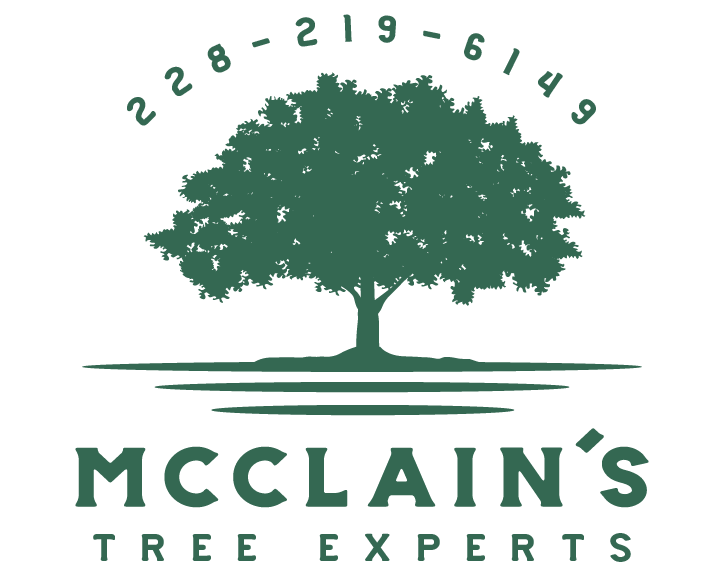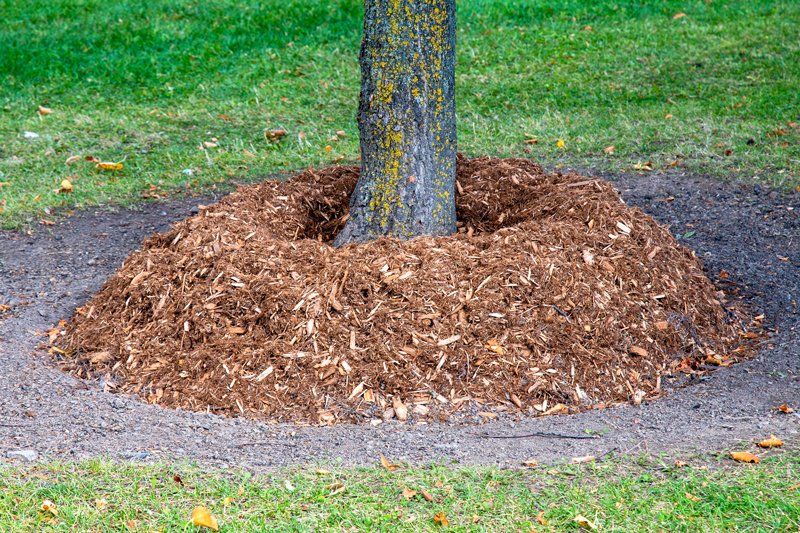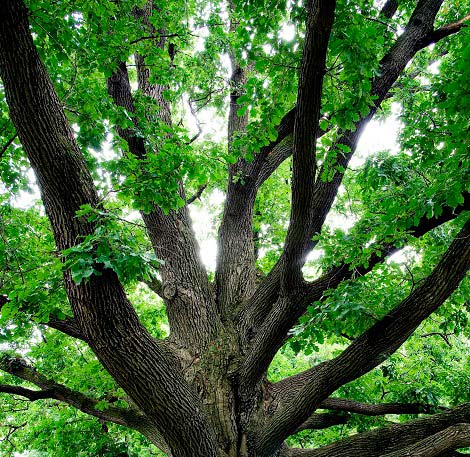5 Reasons to Have a Certified Arborist Care for Your Trees
Admin • October 3, 2017
When you begin looking for a company to come trim your trees, you'll notice that some companies advertise the services of certified arborists, while others simply call themselves landscapers or tree-trimmers. This may seem like a small distinction, but it's an important one to consider. There are several benefits of choosing a tree care company that has been certified by the National Arborist Association.
1. Different Trees Require Different Approaches
Tree trimming requires a lot more than just lopping off a few branches here and there. Each tree requires a different approach depending on its age, variety, location, growth pattern and the presence or absence of disease. Some trees, like maples, need to be trimmed later in the season. Others, like fruit trees, need to be trimmed in late winter.
Arborists are trained to evaluate each tree's needs, and then take the trimming approach best suited to that tree. Tree trimmers who have not received this training often take a one-size-fits-all approach to tree trimming, which may lead to a reduced growth rate or undesirable tree shape over time.
2. Arborists Can Detect and Treat Disease
There are many fungal and bacterial infections to which trees are susceptible, and it's not always easy for an untrained eye to determine which disease is at play.
For example, both oak wilt and anthracnose can cause an oak tree's leaves to develop brown blotches. Oak wilt is deadly and requires the tree to be removed. Anthracnose is a minor infection that requires basic treatment like pruning and proper leaf cleanup. An arborist understands the difference between the two to ensure your tree receives the proper treatment rather than being removed unnecessarily.
3. Specialized Treatments Can Save a Tree
When trees start growing into power lines or overhanging a sidewalk, they generally need to be removed. However, arborists are trained to implement some early intervention strategies that can correct a tree's growth pattern and prevent it from becoming a potential safety hazard.
One of these treatments is cabling, a method by which certain limbs can be supported to reduce the chances of breaking or drooping. Trained arborists know when cabling will be effective and can apply the cables with precision. Tree trimmers who have not received such training may not apply the cable properly or may even make matters worse by attempting to cable a limb that needs to be removed.
4. Arborists Tailor Fertilization to Your Tree's Needs
Fertilizing trees can be tricky. You need to test the soil and figure out what the tree needs to ensure you don't overapply one specific nutrient. You also need to ensure the fertilizer actually reaches the tree's roots. Scattering it on top of the soil is minimally effective.
Arborists can analyze each tree's needs and devise a specific fertilizing strategy to benefit that tree. They can also use deep root fertilization methods to ensure the nutrients are actually absorbed by the tree. These are specific skills that many general landscapers have not developed.
5. Proper Care Gives Young Trees a Head Start
If a tree receives improper care early in life, its growth may be permanently stunted or it may not grow in the proper shape. Having an inexperienced tree trimmer care for your tree in its early years can have a lasting negative impact.
On the other hand, an experienced arborist will make sure the correct branches are removed to promote a healthy, desirable growth pattern. They'll also detect any issues, like disease or nutrient deficiencies, early on — which gives your young tree a greater chance of recovery.
Improper tree care can increase the risk of disease and even create safety concerns for your family. To ensure your tree stays healthy and balanced, always hire a certified and licensed tree care company like McClain's Tree Experts to care for your trees. Contact us to learn more about our tree care services.
As winter approaches, it is important that your trees are prepared for the weather. Read about services that your trees can benefit from before winter.
There are steps you can take to both protect a tree before a storm as well as to help it recover if the tree has already suffered hurricane damage.
Trees can be hazardous and lead to property damage and injury due to various factors. Explore common signs that your tree is a safety hazard.
You can better protect your trees by knowing the signs that they are dying. Read this blog to learn eight signs your tree is starting to die.
Trees require proper ongoing care and maintenance to thrive well. Check out how a certified arborist can help maintain your investment.
Deciding on a tree care service can be challenging when you have multiple options available. Consider the following factors before settling on a company.
The trees in your backyard offer numerous benefits, including shade and aesthetic benefits, but sometimes they need to be removed. Learn more.





